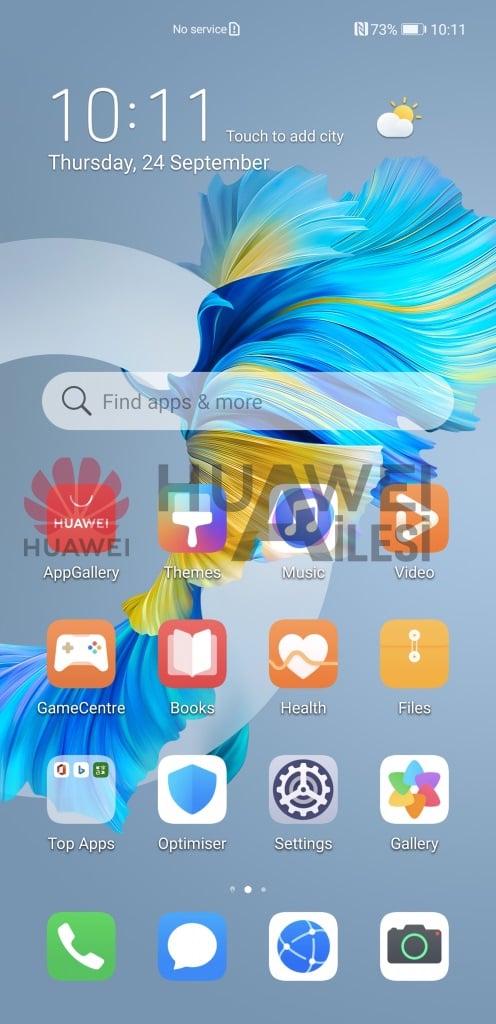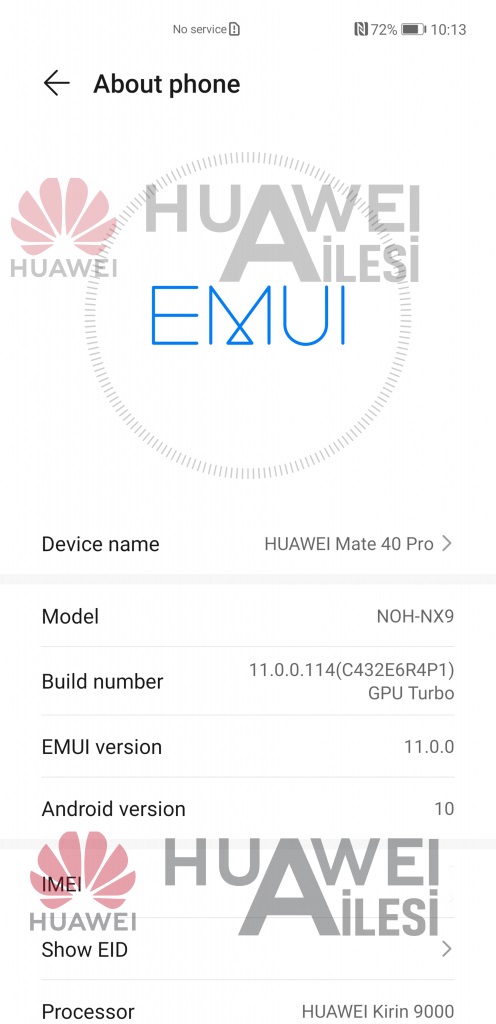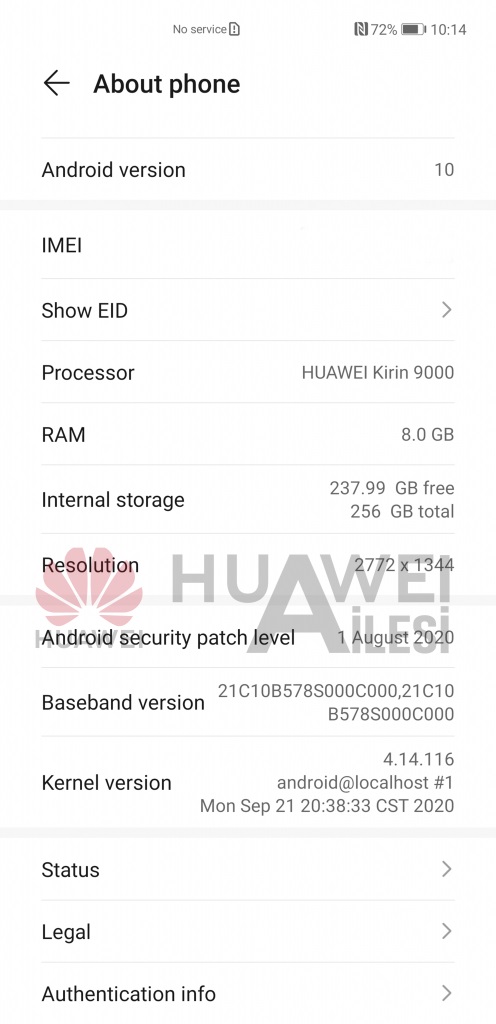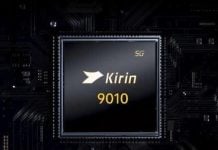Huawei has already confirmed that the company will be launching its next-generation Mate-series flagship smartphones — Huawei Mate 40 lineup on 22nd October. Now, as the launch date nears, more and more details about the phones keep surfacing online.
In the latest development, a few images of the upcoming Mate 40 Pro smartphone’s user interface have leaked online. The photos confirm some of the phone’s specifications and features that have been previously leaked or rumored.
The leaked screenshots confirm that the Mate 40 pro will come powered by the company’s own Kirin 9000 SoC. The company’s executive has already confirmed this and it could also be Huawei’s last flagship chipset, at least for the time being due to new sanctions imposed on the company by the United States.
It is also confirmed that the device will be running the EMUI 11 custom user interface, which is based on the Android 10 operating system but without the support for Google Mobile Services. Instead, the device will likely have Huawei Mobile Service. It’s noteworthy that Android 11 has already been launched but since Google started uploading the open-source code last month, Huawei didn’t get enough time to upgrade the software.
EDITOR’S PICK: Xiaomi announces 80W wireless charging technology that fully charges 4000mAh battery in 19 minutes
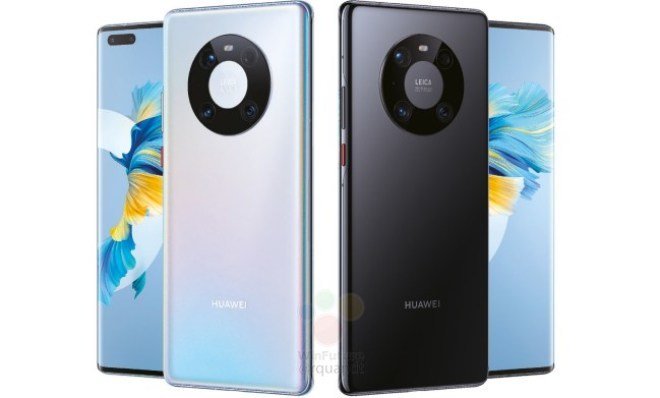
As for other details, the leaked images confirm 2772 x 1344 pixels screen resolution, 8GB of RAM, and 256GB of internal storage. The leaked render image of the phone also showcases a circular camera setup on the back and a dual punch-hole cutout on the front.
A recent leak indicates a 50MP triple camera system on the back, along with 20MP ultra-wide lens, and a 12MP telephoto zoom camera. It will have 5x optical zoom and support for 8K video recording. On the front, there will be a 13MP primary sensor and a 3D sensor.
The phone supports Bluetooth 5.2, NFC, and Wi-Fi 6 in terms of connectivity. It reportedly packs a 4,400mAh battery with support for 65W fast wired charging via a USB 3.1 Gen 1 port that can fully charge the device in under one hour.
UP NEXT: iQOO U1x listed on retailer website along with renders and specifications; reservations begin

